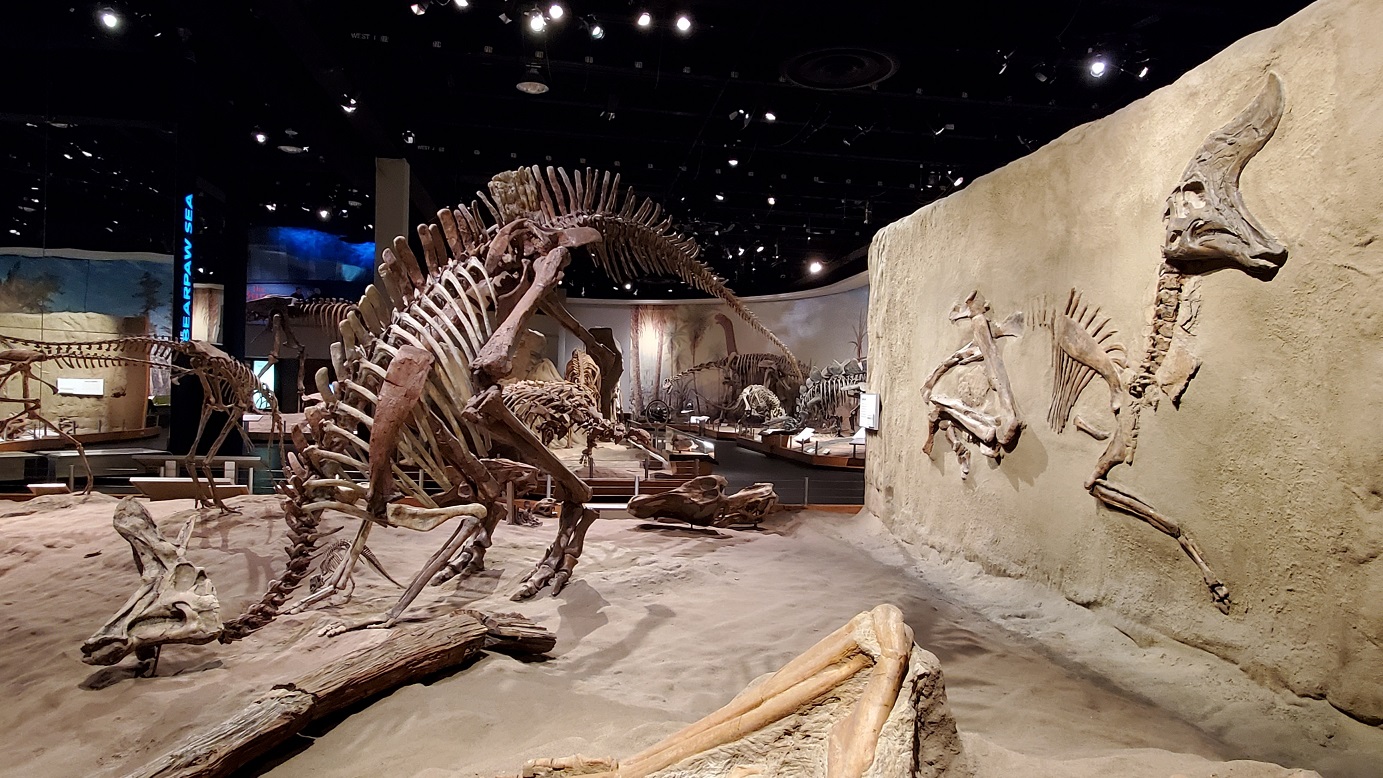Article
Killer Whales
Three ecologically distinct types of killer whales have been identified in British Columbia: residents, transients and offshores. These three populations have overlapping ranges, but appear to be socially and reproductively isolated.









